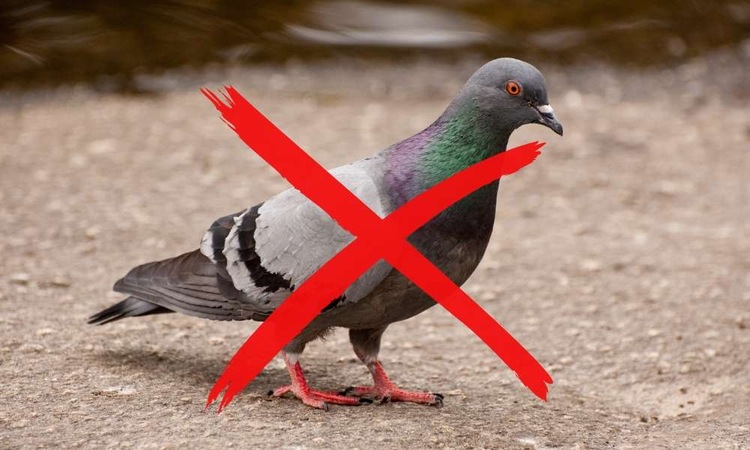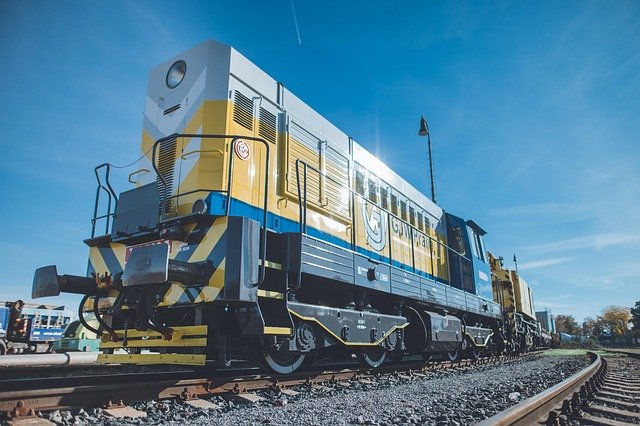The Unseen World of Urban Wildlife: A Closer Look at City-Dwelling Creatures
In the hustle and bustle of city life, it's easy to forget that we share our urban environments with a rich diversity of wildlife. From birds of prey nesting atop skyscrapers to foxes foraging in alleyways, these animals have quietly adapted to life amidst concrete and steel. Let's delve into the unseen world of urban wildlife, their struggles, survival strategies, and the symbiotic relationship they share with their human neighbors.

The Urban Jungle: A History of Wildlife Adaptation
Historically, the rapid expansion of cities often led to the displacement of local wildlife. However, many species have proven to be extraordinarily adaptable, finding new homes amongst the urban sprawl. Over time, squirrels, pigeons, rats, raccoons, and others have become commonplace in city parks, alleys, and even our backyards. Surprisingly, larger animals such as deer, coyotes, and foxes have also begun to carve out a niche within city limits.
Current Status: The Challenges and Triumphs of Urban Wildlife
Today, the urban wildlife population continues to grow, influenced by factors like climate change and habitat loss in rural areas. These animals face numerous challenges, including traffic, pollution, and limited access to natural food sources. Despite these hurdles, many species have shown remarkable resilience. For example, peregrine falcons, once on the brink of extinction, have found a new home on the ledges of high-rise buildings, using these lofty perches to hunt pigeons and rats.
Unconventional Homes: The Urban Habitat’s Influence on Wildlife Behavior
The urban environment has significantly influenced wildlife behavior. Raccoons, for instance, have become adept at opening trash cans, while foxes have adjusted their feeding patterns to coincide with human activity. Some birds have even shifted their mating calls to a higher pitch to be heard over city noise. This adaptability highlights the tenacity of these species, even in the face of human encroachment.
Market Impact: Urban Wildlife and the Pet Product Industry
The rise of urban wildlife has also influenced the pet product industry, leading to an increase in demand for products that prevent wildlife intrusion. From squirrel-proof bird feeders to humane traps for raccoons, these products have become increasingly popular among urban homeowners. Estimates suggest that this niche market could be worth hundreds of millions of dollars in the coming years.
Looking Ahead: The Future of Urban Wildlife
As cities continue to expand, so too will the presence of urban wildlife. This interaction between humans and wildlife presents opportunities for education and conservation efforts. Urban wildlife sanctuaries are emerging as a new trend, providing safe havens for these creatures while also serving as educational centers for the public.
In the grand scheme of things, urban wildlife serves as a gentle reminder of our connection to the natural world. As we continue to share our cities with these creatures, it’s essential to foster an environment of respect and cohabitation. After all, the urban jungle is their home too.





